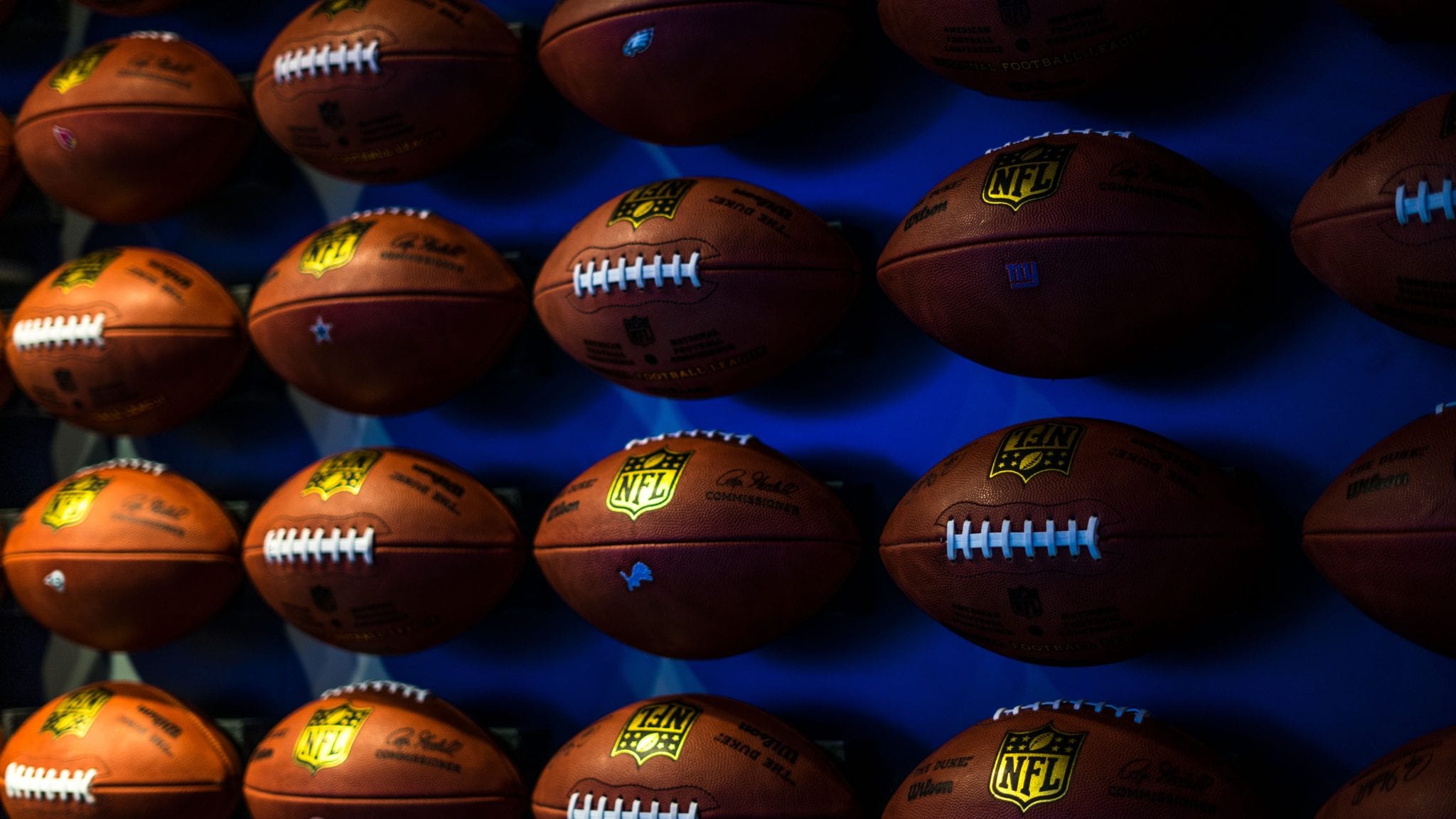The first two weeks of the 99th season of the NFL are in the books, and fans are in full-on football mode. The league continues to enjoy envious popularity but there are a variety of lenses that, when applied, can reveal slightly different perceptions about the degree of glory currently associated with the biggest sport in America.

The NFL is enjoying unprecedented financial health, seeing 4.9 percent growth in revenue in 2017, topping an incredible $8 billion that delivered approximately $255 million into the coffers of each team. And, of the 100 highest rated television broadcasts in 2017, it can lay claim to 71 of them, compared to just 22 of the top 100 only a decade ago. Meanwhile, the first two weeks of the 2018 NFL season have seen game broadcast ratings generally – albeit slightly – up from 2017.
Brands continue to activate within the sport, as leading NFL players have been making the media rounds promoting new marketing and advertising campaigns that will be featured in broadcast, online and on any number of billboards you pass during your morning commute. Madison Avenue, on behalf of sponsors and other leading brands, continues to see great value – which one would assume is based on strong results metrics – in partnering with top NFL talent, many of whom have cultivated significant social followings to the point where they have ascended to bona fide influencer status.
Legalized gambling will be one of the most significant additions to the NFL ecosystem and fan experience, with the activity currently underway in five states with more on the horizon. How this manifests through various marketing channels will be very interesting to track, with predictions incredibly bullish on the revenue potential for NFL stakeholders as media partners incorporate more betting-related content into their offerings and teams begin to sign marketing and sponsorship relationships with leading odds-makers and sportsbooks.
At a macro level, all of the aforementioned “success” has occurred against a backdrop that has seen the NFL take more hits the past few years than an undrafted rookie running back from the concussion controversy and Deflategate, to incidents of domestic violence and the national anthem dispute, along with the associated bruises and lawsuits—many of which continue to linger with the 2018 season fully underway.
There is also definitely concern related to the spin of the turnstiles on game day. Last year attendance dropped by more than half-a-million fans from 2016. Recently, revelations of soft season ticket renewals hurting some teams, and large amounts of empty seats at other teams’ home openers, have made their way into the news cycle. And, anyone who has been in the ticket sales game knows that empty seats can create a snowball effect due to the associated negative perception.
We mentioned earlier the success of the NFL as a TV product, and it’s true, highlighted by the fact that NBC’s “Sunday Night Football” has been the #1 primetime show for seven years running. However, when taking a closer look at the numbers, NFL TV ratings are down 17 percent over the past two seasons. If the initially optimistic viewership numbers from the outset of 2018 slow at some point this year, what will be pointed to as the reason? In 2016, the election was the rationale, while last year defenders of The Shield pointed to the flap around the anthem. A third-year overall ratings dip will be further cause for concern.
All of this said, if the NFL were a stock, it would still be classified as a “buy,” but that doesn’t mean marketers and communicators who choose to leverage this platform shouldn’t have a thorough understanding of the many factors and concerns currently orbiting the sport. The eyeballs and overall fan engagement that the NFL and all its associated behaviors deliver are second to none, but the league is also approaching a crossroads. How it navigates some of these issues will determine whether or not it’s growth will continue, or if it has hit its peak.



